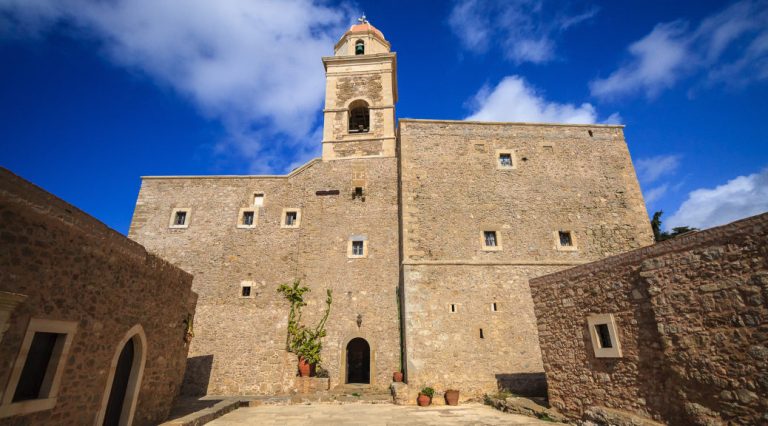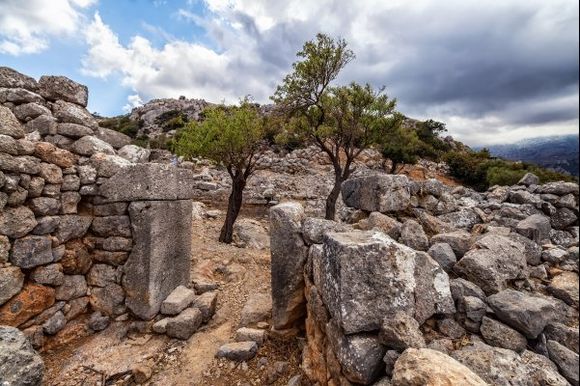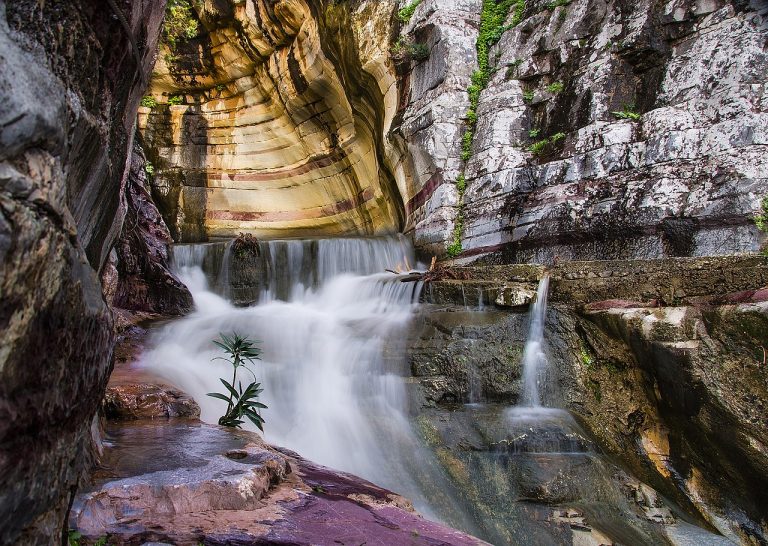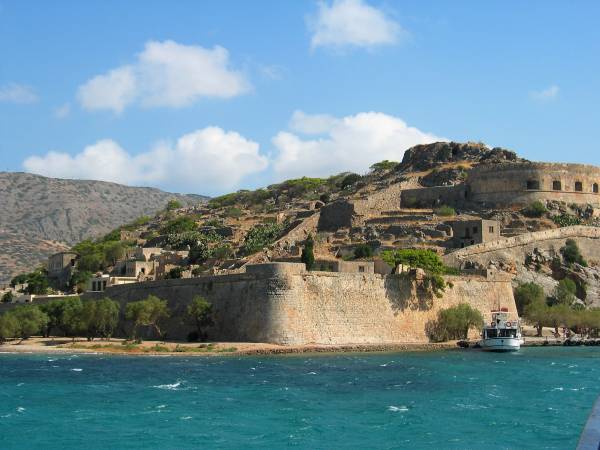Favourite
Milatos Cave is located 3 kilometers outside of Milatos hamlet in the Lassithi Prefecture. Despite the cave’s lack of stalactites and stalagmites, it holds historical and sentimental significance for the inhabitants because it was here that the Turks massacred roughly 3,600 people during the Revolution in February 1823. The Revolution had erupted at the time, and the Greeks were attempting Read more…
Favourite
The Toplou Monastery is one of Crete’s most significant and historically significant landmarks. On the northeastern edge of Crete, it lies 12 kilometers north of Palekastro (or Paleokastro). The monastery was founded in the mid-fifteenth century, but it was completely destroyed in 1612 by a devastating earthquake. The monastery was rebuilt with Venetian assistance, but it was devastated once again Read more…
Favourite
Lato is a well-known archaeological site near Lassithi, Crete, which is considered the cradle of Minoan civilisation. Agios Nikolaos is situated on the remnants of the ancient city of Lato. Lato is assumed to have existed before the Doric Descent, and is one of the most prominent Doric city-states in Ancient Crete. The site of old Lato, constructed between two Read more…
Favourite
The defenses around Sitia’s town and the magnificent Kazarma date from the late Byzantine period. Clearly, the Venetians utilized Sitia as a base for their operations in the Eastern Mediterranean. Over the ancient remains are built the massive architecture of the Venetian Kazarma castle and the feudal towers scattered throughout the area. The fort was eventually restored by the Venetians, Read more…
Favourite
The Ha Gorge is located near Vassiliki village in the Ierapetra area. It is extremely impassable and only expert climbers and canyoners can traverse it, making it one of Crete’s wildest gorges. The gorge is 1 km long and the entrance is extremely tight, opening only at the summit. The gorge’s breadth varies greatly, from 30cm in some places to Read more…
Favourite
The islet of Spinalonga is situated between Elounda and the Gulf of Mirabello in Crete’s north-eastern region. Its name means “long thorn” in Italian. The official Greek name for the islet is Kalidon. Its history begins in 1579, when the Venetians built a fortress on the islet to protect their occupations in Crete and their fleet, settled in the harbor Read more…





